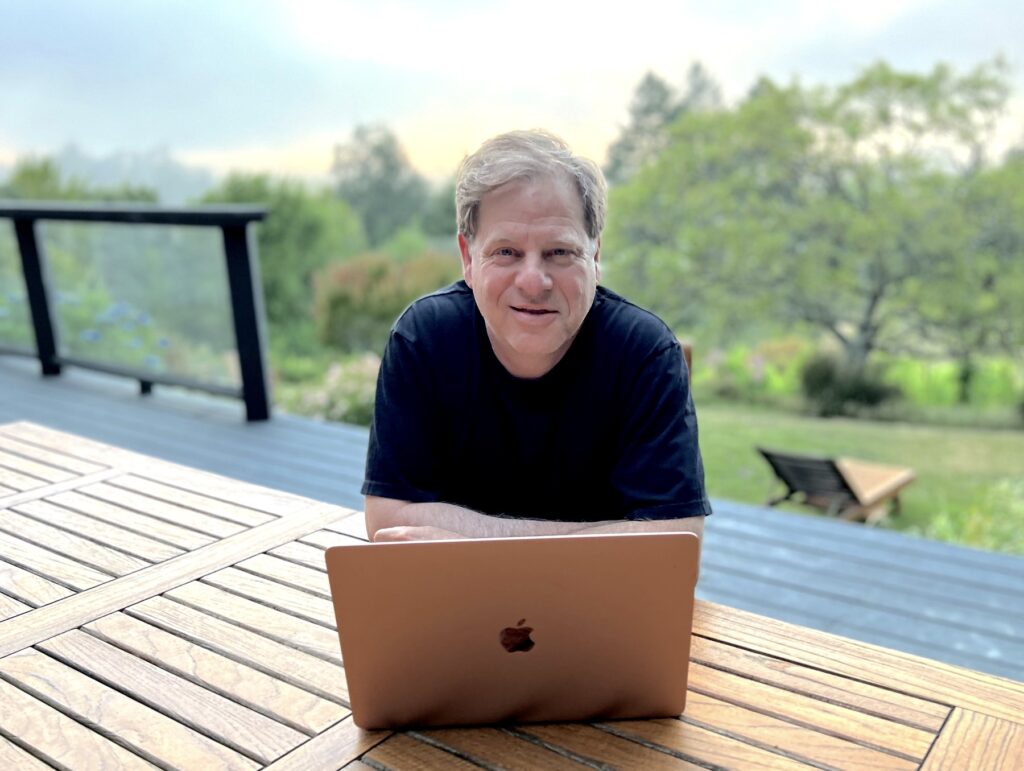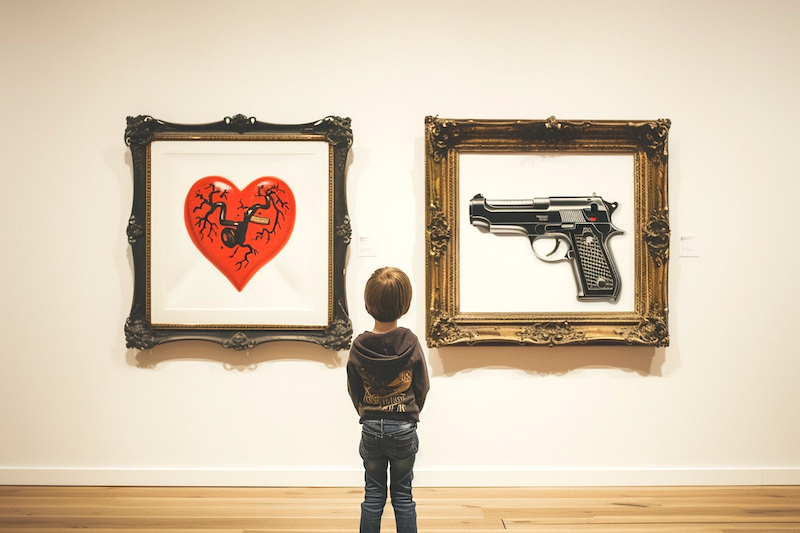Social Media Crisis Management at the Virginia Tech Massacre

Podcast: Play in new window | Download (Duration: 39:42 — 46.1MB) | Embed
Subscribe: Spotify | Email | RSS
Social networks were how student, parents and faculty communicated with each other during the tragic Virginia Tech Massacre, where an active shooter shot and killed 32 people and wounded 17 others on April 16, 2007.
Social media usage during the Virginia Tech Massacre is the topic of this discussion with University of Colorado at Boulder researcher Leysia Palen, who’s research examines features of computer-mediated communication and information sharing activity during and after the April 16, 2007.
The discussion explores how the crisis at Virginia Tech caused members of the public to problem solve collectively on social networks in real-time.
She also consider consequences that social networking has crisis communications, emergency response and implications for methods of facilitating communications during a shooting.
Crisis communications used to be the handled by public relations firms through official channels like press releases, spokespeople and media relations.
But today, through the power of socially distributed problem-solving, a first draft of history more nuanced and accurate than ever before is emerging from social media, and increasingly, people are turning to unofficial sources first, particularly in times of crisis.
She shared what she learned about social media usage during a crisis, assessing the credibility of citizen journalism and the dependability of user generated media during a crisis, and how organizations might align with unofficial back channels in the future.
Social Media Crisis Management at Virginia Tech
2:56 – Social media crisis communications researcher Leysia Palen, an assistant professor of the Department of Computer Science at the College of Engineering and Applied Science at the University of Colorado at Boulder and lab director of her research group, which focuses its research on social media crisis communications, shares her social science perspective on the differences between crisis, disaster, and emergency.
6:02 – Social media crisis communications researcher Researcher Leysia Palen on how accurate social media research is conducted, on the potential problems in social media crisis communications research, and on how these potential problems in social media communications research are tackled.
7:55 – Social media crisis communications researcher Leysia Palen shares her experience on the use of software tools for measuring conversations. She shares her knowledge on what tools are most useful and productive and what tools are being built.
9:58 – Social media crisis communications researcher Researcher Leysia Palen gives her insight on which of the readily available tools like Google are the quickest in indexing and delivering the most useful information during times of crisis.
12:37 – Eric Schwartzman comments about social media crisis communications researcher Leysia Palen’s report, “Crisis in a Networked World: Features of Computer-Mediated Communication in the April 16, 2007, Virginia Tech Event,” published by the Social Science Computer Review.
13:13 – Social media crisis communications researcher Leysia Palen shares crisis communications and emergency management advice on how to incorporate social media into how they manage emergencies.
15:45 – Social media crisis communications researcher Leysia Palen on what she learned about how people used social media during the Virginia Tech tragedy, what she found surprising, and what the event shows from a social media emergency management point of view.
She refers to the ethnographic work of one of her graduate students, Sarah Veiweg.
20:24 – Social media crisis communications researcher Leysia Palen on whether she thinks distributed problem solving is more reliable than top-down, commander control style problem solving during the inventory stage of a crisis. She talks about the difference between a disaster and an emergency.
22:42 – Social media crisis communications researcher Leysia Palen on how most Virginia Tech students were aware of the shootings.
23:24 – Social media crisis communications researcher Leysia Palen on what students did once they were informed of the shootings on Virginia Tech’s crisis communications throughout the day.
She talks about how social media and online social networking sites were used for student-to-student communication and discovering information throughout the day.
25:28 – Social media crisis communications researcher Palen on emergency management. She talks about backchanneling communications and the importance of frequent updates.
27:47 – Social media crisis communications researcher Leysia Palen on the accuracy of the information, why we have to be critical consumers of information we receive, on making decisions with the information we are given, and on whether to trust pieces of information under uncertain situations.
29:56 – Social media crisis communications researcher Leysia Palen talks about whether or not a website is important for organizational communicators as a source of crisis communications. She talks about whether or not she would advise that most websites be mobile-friendly as well
31:25 – Social media crisis communications researcher Leysia Palen on whether she thinks the violent nature of the Virginia Tech tragedy and the helplessness of the victims is what compelled so many volunteers to accurately self-police their list-building activities. She talks about whether or not she thinks there would be the same level of accuracy in a political crisis.
34:45 – Social media crisis communications researcher Leysia Palen on what she thinks about timelines and visualizations of data and why their impact is appreciated. She refers to the research work of another one of her graduate students, Sophia Liu.
36:50 – Social media crisis communications researcher Leysia Palen on what type of policy changes she hopes her social media communications research on the use of social media during a crisis will prompt.
39:04 – End.
In this comprehensive interview, social media crisis communications researcher Leysia Palen provides valuable insights on the distinctions between crisis, disaster, and emergency situations, the challenges and solutions in accurate social media research, software tools for measuring conversations, the efficiency of information retrieval tools, and the significance of her report on the Virginia Tech tragedy. She also offers guidance on incorporating social media into emergency management, highlights how students used social media during the Virginia Tech tragedy, discusses distributed problem-solving approaches, emphasizes the importance of frequent updates and critical consumption of information, evaluates the role of websites in crisis communications, analyzes accuracy in list-building activities, explores the impact of timelines and data visualizations, and envisions potential policy changes stemming from her research. Leysia Palen’s expertise underscores the evolving landscape of crisis management in the digital age, emphasizing the dynamic nature of social media and its implications for crisis response and communication.
Integrated Marketing Services
White Papers
Podcasts
Latest Posts

















